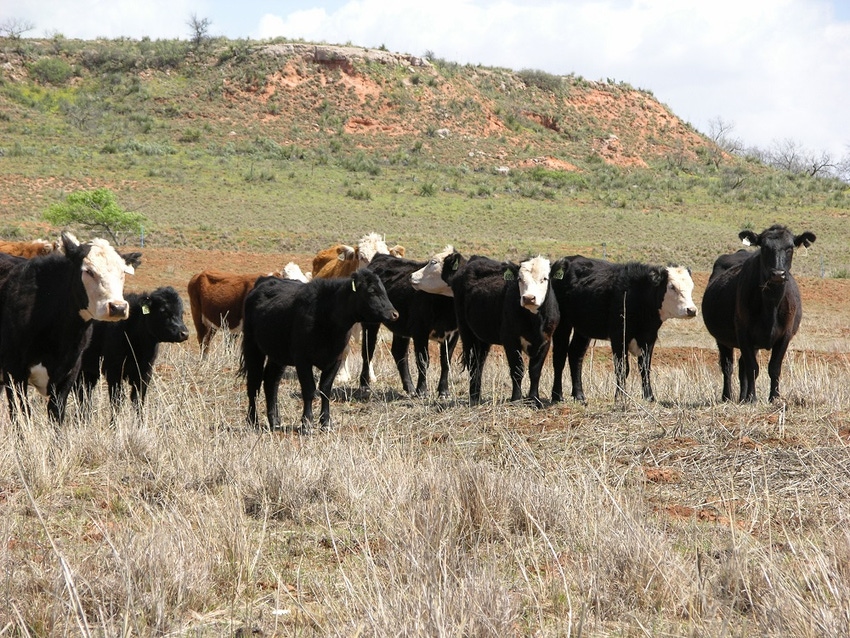
Many times over the years I have attacked the ideas of production per cow and profit per cow as the wrong measurement. I'm on that again.
The middle of last year I wrote a blog called Cow performance is the wrong goal, and another called The failure of the animal-performance mindset. Today I'm continuing with more thoughts on how we should measure ranch profitability.
Let's assume for a moment a native-grass ranch of 2,000 acres in my neighborhood. At current prices that would have a real, potential value of $2.8 million. This uses USDA pricing of about $1,400 per acre.
To stock that ranch with the recommended standard stocking rate of one cow per 10 acres would require 200 cows. If they are of mixed age from 2 to 8 years, we could inventory them at an average value of perhaps $1,100. This is based on an average price from Oklahoma City auction at the end of September. That gives us an investment of $220,000.
This means we have only 8% equivalency of cow investment versus land investment. These are the primary assets of a cow operation, and one of the key questions real business owners ask is, "What is my return on assets?"
Essentially, they're asking how hard their money is working. Money is used to produce more money. If it is failing to produce, then it needs to be re-invested.
The point I'm making here is that measuring profit per cow is measuring against less than 10% of the asset value invested in this operation. Location doesn't matter very much, either, as land prices across North America have long tended to equalize based on cow stocking rates. This means land in central Missouri is typically higher than land in central Oklahoma, which is higher than land in eastern Colorado, for example. (This rule excepts higher pricing on land near metropolitan or scenic areas.)
If profit per cow on this hypothetical operation was $100, that might be a return of 9% on the cow investment, but it's only 0.6% on the total assets. That says the money isn't working at all and needs to be reinvested.
If I'm correct about all this, then the logical next question is whether there is a value for measuring cow production.
I believe it measures the cow as a unit of production similar to an equipment production line. Is it working? Are the same number of units and profit coming off that line as others on the property? Is it profitable, or is it requiring too much cost in labor, energy and parts? Then ultimately, is it adding enough profit to the overall operation to help provide a reasonable return on assets, as well as a reasonable return on investment?
The cow is nothing more to a ranch than is a production line to a factory.
If you measure cow productivity, you're ignoring ranch productivity such as grass management and crop productivity. In a factory, managers look at labor costs, energy usage, input costs and repair, for example.
Texas economist/analyst Stan Bevers has spoken a lot over the years about "revenue per breeding female," because it combines cow productivity with a reasonable land cost, thereby measuring productivity and profit at the same time.
I still want to move this down the list of important measurements because we need to quit looking at cows so much and put more emphasis on all resources. However, Bevers helps create a set of 13 Key Performance Indicators (KPIs) before retiring from Texas A&M University. Among those key ranch profitability measurements are these:
Current ratio – greater than 2.0
Equity to asset ratio on a market basis – greater than 50%
Asset turnover ratio on cost basis – greater than 15%
Rate of return on assets on market basis – greater than 1.5%
Ultimately, you need to figure out how to measure real net profit and return on your limited assets and capital. If you still think raising bigger calves from fewer bigger cows at higher costs is the sure path to profit, I would argue with you all night long.
About the Author(s)
You May Also Like




